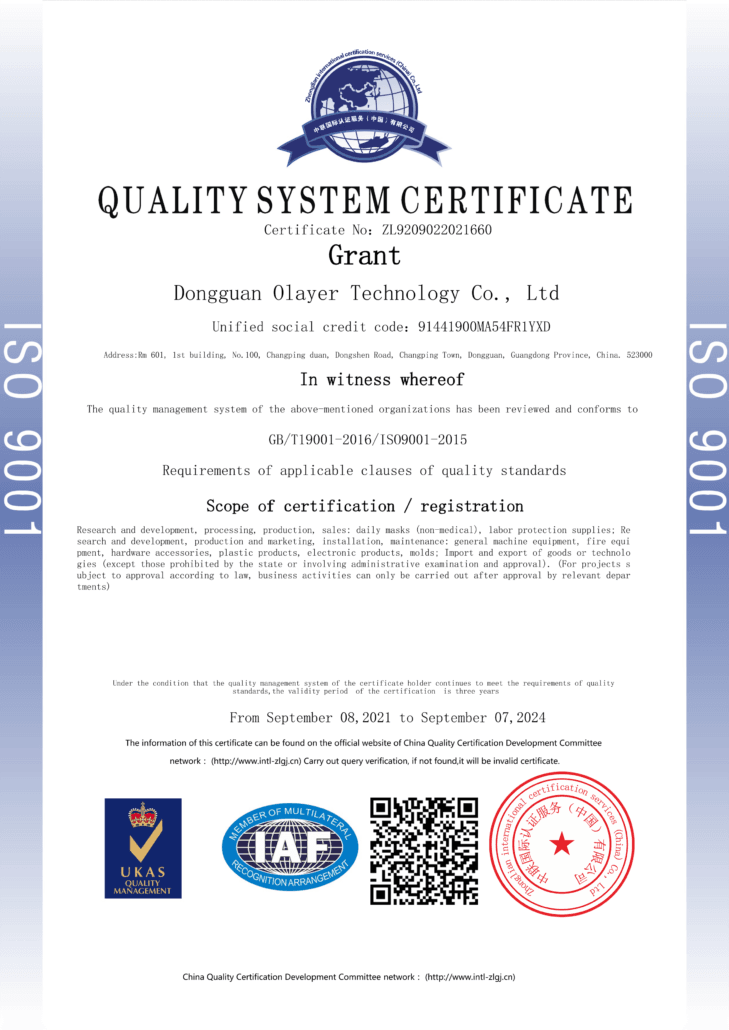Sink marks occur during the cooling process, if the thermal contraction (shrinkage) of the plastic cannot be compensated in certain areas. If the outside walls of the molded part are not stable enough, due to insufficient cooling, the outer layer is drawn inside by cooling stresses as shown in below picture with sink marks.

There are three fundamental cases to cause the sink marks:
- solidification too slow
- effective holding pressure time too short
- not enough holding pressure transfer, because flow resistances in the mold are too high.
For optimum holding pressure transfer the molded part should be gated to the largest cross-section. In order to avoid premature solidification of the sprue and gate system, sufficient dimensioning is necessary.
Sink marks appear for example near material accumulations as depressions on the surface of the injection molded part, if the thermal contraction (shrinkage) cannot be compensated as illustrated by Figure 2 and Figure 3.
Correcting Sink Marks
Check and/or change machine settings. Change mold or molding material. Start new cycle and work through below suggestion
Sink marks troubleshooting guideline as below
Sink marks issue caused by residual melt cushion too small. Residual melt cushion should be at least 2-5 mm.
- increase metering stroke
- check non-return valve
Sink marks near the gate or thick-wall areas?
- optimize holding pressure time increase holding pressure (maybe short overpacking)
- reduce mold temperature and cooling time
- reduce melt temperature
- reduce injection rate
Sink marks away from the gate or in thin-wall area?
- optimise holding pressure time
- increase holding pressure (maybe short overpacking)
- increase injection rate
- increase melt temperature
- increase mold temperature and cooling time
Sink marks directly after demoulding?
- check ventilation
- check sprue and gate dimensions
- check granules condition
- adapt mould temperature control
- remove material accumulations
- consider wall thickness/rib ratio
- add blowing agent
- use plastic with low shrinkage
Hope above information could help you. if you want to know more information information, please go to contact us.


